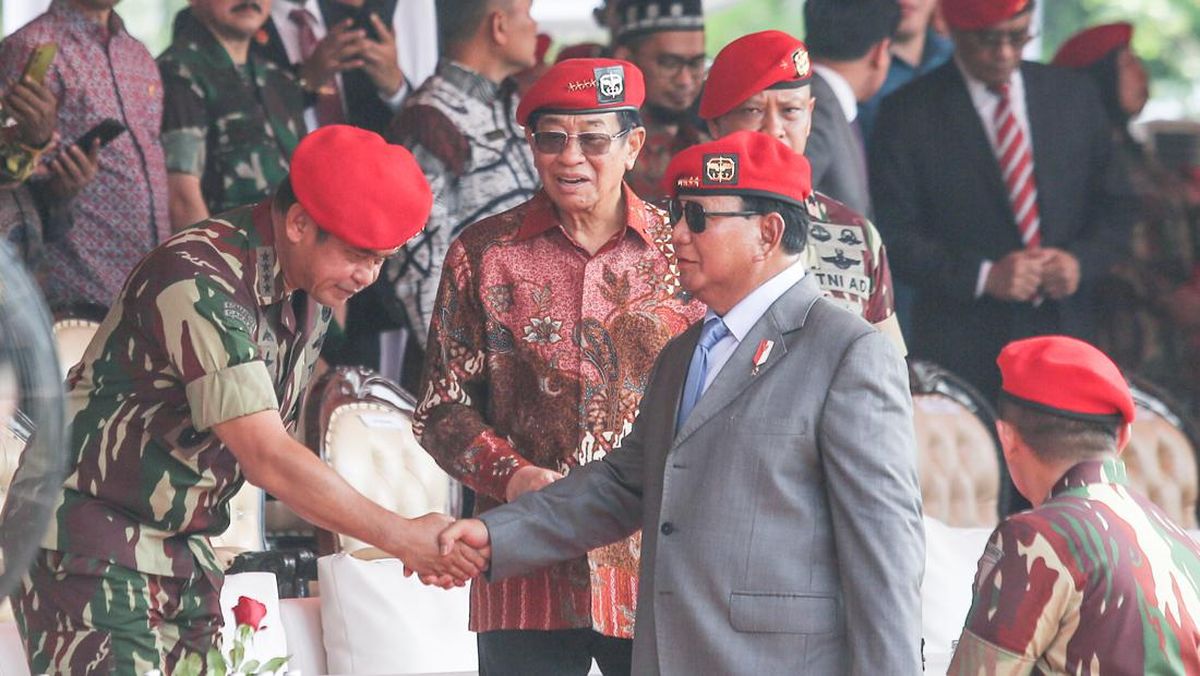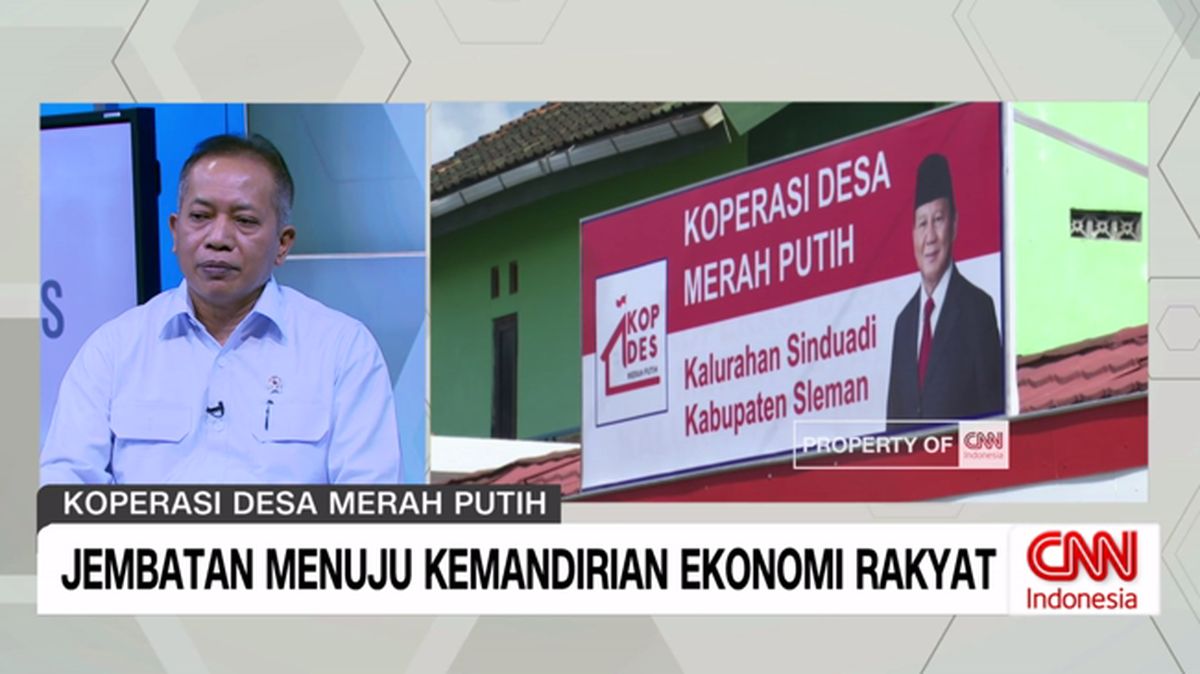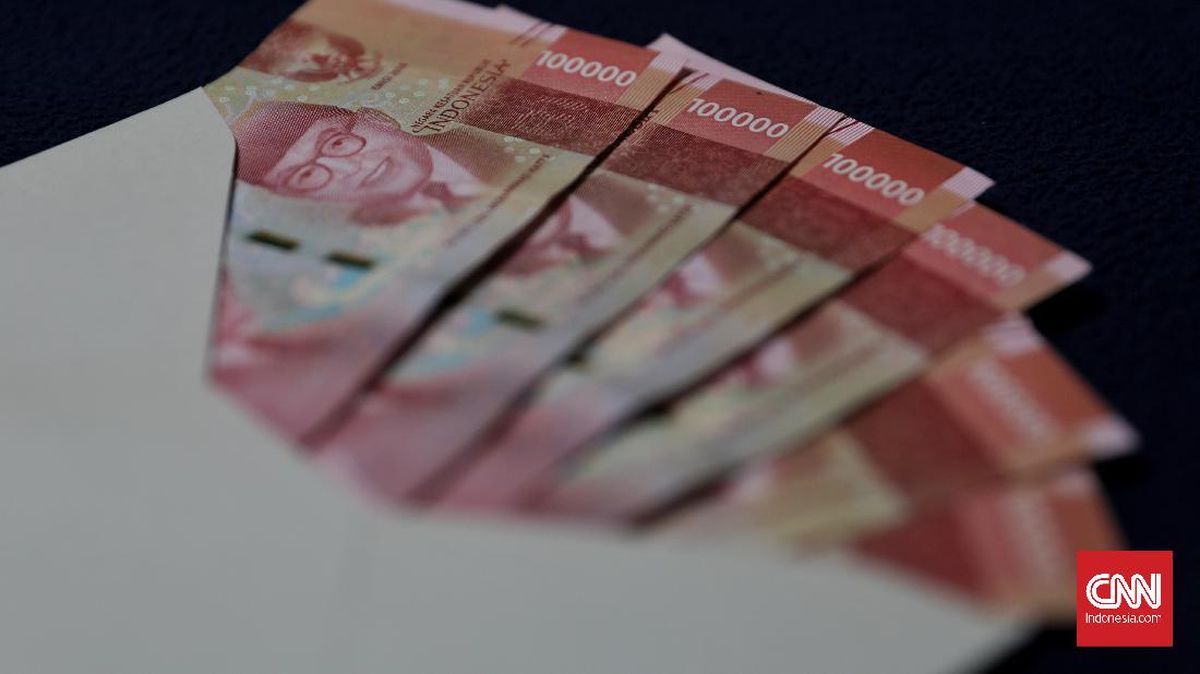The threat of a full-scale trans-Atlantic trade war has been averted with the deal, or at least the outline of one, struck between the US and the European Union at the weekend. As was the case with last week’s deal with Japan, however, both sides have differing interpretations of what they’ve agreed to.
There’s no disagreement on the baseline tariff of 15 per cent on all EU exports to the US imposed by the deal, which the European Commission president, Ursula von der Leyen, said was “the best we could get.” Before Trump regained office, the average tariff on EU exports was 2.5 per cent.

European Commission president Ursula von der Leyen and US President Donald Trump shake hands on a new deal. Credit: Getty Images
Exactly what the new rate will apply to, however, isn’t clear.
Von der Leyen said it would apply to European cars, pharmaceuticals and semiconductors, while Donald Trump said pharmaceuticals were “unrelated to this deal.” The US has separate investigations of pharmaceuticals and semiconductors underway that could lead to sectoral tariffs on imports of those products – and another bout of confrontation and negotiation.
The new baseline tariff was, Trump said, in exchange for the EU “opening up their countries at zero tariff,” whereas the EU says the agreement for “zero for zero” tariffs relates to certain strategic products and their parts, like chemicals, semiconductor equipment and some agricultural products, and is a framework agreement that could lead to a lowering of tariffs on other products in future.
Loading
The deal, like the handful of others the Trump administration has struck in recent weeks, has been described as a “roadmap” for a detailed agreement rather than a conventional trade deal. There are, therefore, many grey areas in the agreement that will need to be filled in.
The agreement, once there is a document to agree to, would also have to be ratified by the European Parliament and the 27 individual national parliaments of the EU’s members before it could take effect. All Trump’s bigger trade deals involve headlines rather than substantive detail.
Like the deal with Japan, it envisages the EU buying a lot of US energy – $US750 billion ($A1.14 billion) of energy over the next three years, as well as weaponry. Trump also said the EU would invest $US600 billion in the US.
Agreeing to buy energy from the US was a no-brainer for the EU and Japan, given their reliance on imported energy.
The EU, which ended its purchases of Russian gas after the invasion of Ukraine, now imports about half its LNG from the US. LNG is a commodity traded at global market prices, so there is no financial penalty for the EU in sourcing more gas from the US. Perversely, however, there could be an adverse impact on the US - its increased exports of LNG in recent years have flowed through to higher US domestic gas prices.
The deals that may underpin this new global trade order have been hastily and clumsily negotiated, are half-formed and have unintended consequences for American companies, consumers and the US economy.
The promise, if there is one, to invest $US600 billion in the US was vague and one whose delivery is beyond the EU’s control. It is individual European companies that would have to decide whether or not to invest.
Unlike the deal with Japan, where Trump claimed the Japanese would invest $US550 billion in a fund from which the US would get 90 per cent of the profits, the investment agreement with the EU appears just a broad statement of intent.
Trump and his administration have a tendency to over-egg their accomplishments. The Japanese version of what they have agreed to, for instance, varies significantly from what Trump has described.
The Japanese have agreed to provide equity, loans and loan guarantees for investments in the US, but government officials say any profits would be split according to the level of contributions made and that the final degree of profit-sharing would rest with the private sector companies involved and the returns they required.
It would appear the Japanese envisage their state agencies mainly facilitating debt funding for US projects, with the decisions on which projects to pursue and the apportionment of profits left to the Japanese and US companies involved.
Trump said Japan would invest, “at my discretion,” the $US550 billion but, as is the case with the EU, he can’t force Japanese companies to invest.
It should be noted that the presentation card on Trump’s desk that outlined the investment agreement originally said Japan would invest $US400 billion, but the “$400B” was crossed out with a marker pen (a Sharpie, perhaps) and altered to $US500 billion.
When Trump announced the detail, in a post on Truth Social, it had suddenly become $US550 billion. It is unclear whether the Japanese were consulted on the revisions.
What that episode demonstrates is how rushed the trade deals have been as the administration tries to demonstrate that the threat of Trump’s “reciprocal” tariffs has been successful in forcing other countries to accept Trump’s terms before the 90-day delay before those tariffs are imposed expires on August 1.
That’s why there are obvious blank pages in the EU and Japanese deals to be filled in before they remotely resemble a fully-detailed trade agreement.
It’s also why, as is the case with Australia’s recent decision to allow more imports of American processed beef, the outcome of the agreements will depend, not on what Trump decrees or the EU and Japanese trade negotiators have agreed to, but on companies and consumers within the markets that the US says it is opening up.
The Japanese won’t buy any meaningful volume of US SUVs and pick-up trucks. There is no market for them in Japan and the American auto companies aren’t going to re-tool in order to produce a few gas-guzzling right-hand drive vehicles.
Trump mused that the Europeans would enjoy those SUVs and pick-ups. He doesn’t appreciate that there are significant cultural differences between Europeans and Americans and that it is improbable that the narrow and congested streetscapes in European cities are suddenly going to be littered with over-sized US vehicles.

Trump doesn’t appreciate that there are significant cultural differences between Europeans and Americans and that it is improbable that the narrow and congested streetscapes in European cities are suddenly going to be littered with over-sized US vehicles.Credit: iStock
The 15 per cent tariff on European auto and auto part exports is, however, a big win for the Europeans, as were the same tariff concessions won by the Japanese.
The EU and Japanese carmakers don’t face tariffs on their raw materials, like steel and aluminium, or components. Their US counterparts, which are heavily integrated into a North American auto industry, with cars and components flowing across the borders with Mexico and Canada, do.
Thanks to Trump, who has imposed 25 per cent duties on imports of steel, aluminium, auto parts and those components of US autos not made within the US, the European and Japanese companies will have a material competitive advantage over America’s own carmakers.
The fact that the two key trading partners, both heavily reliant on the auto industry, were able to win such advantages for their companies says that, in its haste to proclaim that Trump’s tariffs threats have produced results, the administration hasn’t looked at the complex ways the deals interact with America’s own industries and their supply chains.
It does seem rather bizarre that Trump is using the threat of punitive tariffs to bludgeon other countries into trade deals that gives their key industries what is effectively a tariff advantage over his own.
He and his advisers also don’t appear to appreciate that allowing tariff-free imports of products from the US is irrelevant if consumers aren’t going to buy what the US is selling or, as is the case with the 100 Boeing aircraft that Japan agreed to buy, if the US companies can’t deliver what the countries have agreed to buy. Boeing’s current backlog of orders is about 6000 planes, or nearly 17 years of production at the rate at which it delivered planes last year.
Loading
The deals that may underpin this new global trade order have been hastily and clumsily negotiated, are half-formed and have unintended consequences for American companies, consumers and the US economy. So much for the art of the deal.
The Business Briefing newsletter delivers major stories, exclusive coverage and expert opinion. Sign up to get it every weekday morning.
Most Viewed in Business
Loading


















































